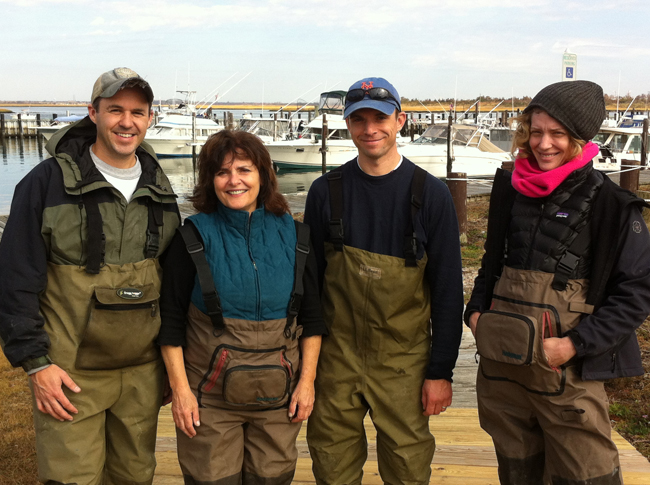Superstorm Sandy One Year Later:
Can Salt Marshes Handle Effluent From a Failed Sewage Treatment Plant?
Introduction
In late October 2012, Hurricane Sandy caused significant damage to the New York Metro area, including the south shore of Long Island where infrastructure on the barrier islands and waterfront communities on the mainland was devastated and crippled. Perhaps no greater example was the failure of the Bay Park Sewage Treatment Plant in East Rockaway, NY, where Sandy’s storm surge sent nine feet of saltwater into the facility, causing extensive damage. The plant went offline for two days and an estimated 68 million gallons of raw sewage was released into the Western Long Island South Shore (WLISS) estuary. In the days following the storm, the facility began partially treating sewage by removing 70 percent of the solids and applying heavy chlorination. This partially treated sewage was released into the estuary for approximately seven weeks while repairs were being conducted. The plant treats 65 million gallons of sewage per day and serves 40 percent of Nassau County’s 1.35 million residents. Media attention from Hurricane Sandy damage has increased public pressure to improve the aging facility’s operations and protect the estuary.
New York Sea Grant funded research to measure if the ecosystem could handle the additional sewage and increase its capacity to serve as a “nutrient sink,” or if the enhanced nutrient loads would shift the ecosystem to an alternative state that perpetuates additional organic matter loading. The research team of
Chester Zarnoch,
Tim Hoellein and
Denise Bruesewitz hypothesized that temperature and the respiration rates of organisms in the sediment community would strongly influence nutrient cycling in the WLISS estuary.
New York Sea Grant Communications Manager
Barbara Ann Branca (
pictured below, second from left) accompanied the research team on their fourth sampling trip to the site in early November 2013, which she documented via a
New York Sea Grant blog entry.

